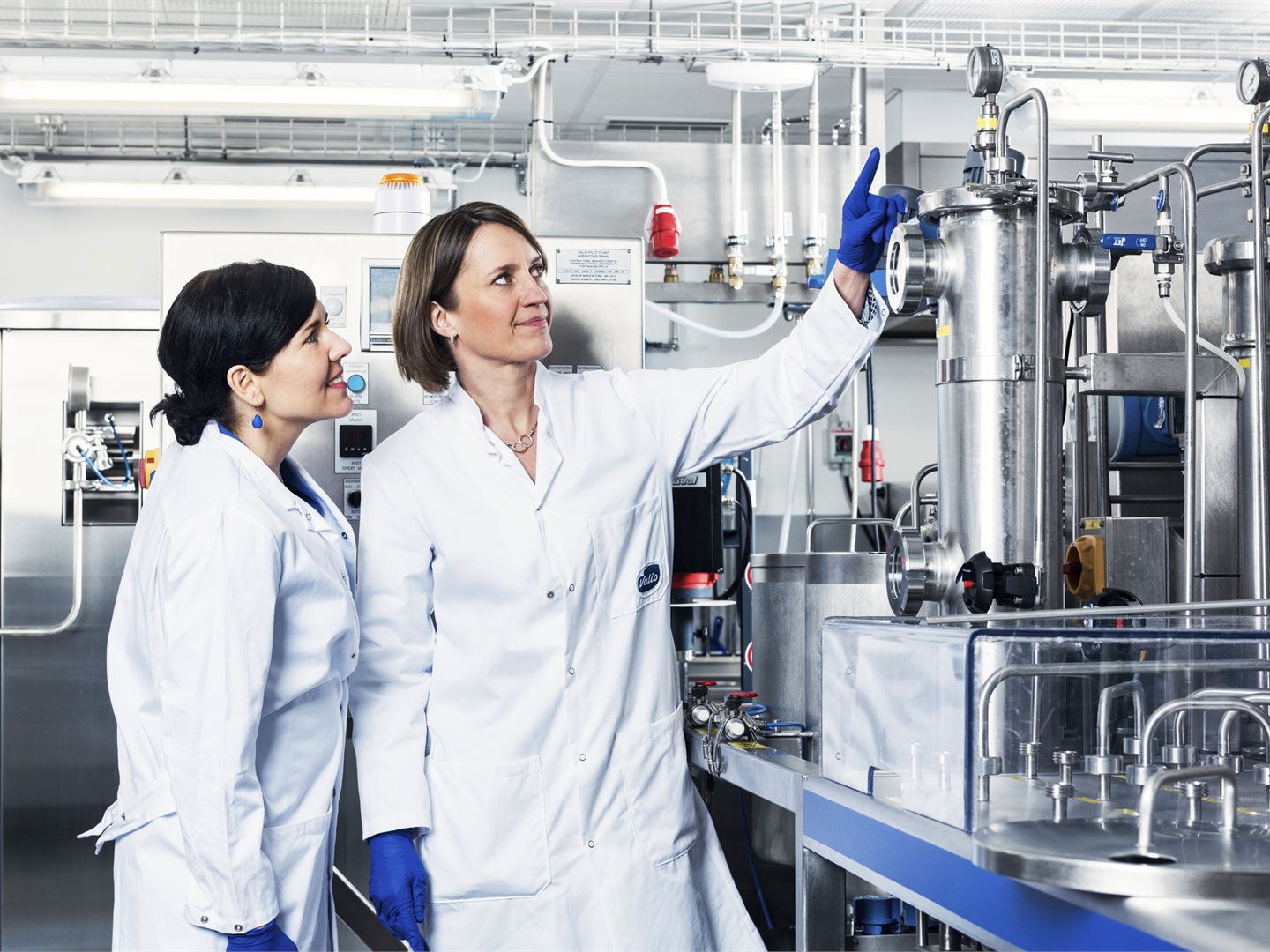Cracking the vegan cheese code

The enthusiasm for vegan foods has prompted many scientists and food companies to develop plant-based food products that imitate animal-based products. Milk has been joined by oat, soy, and almond drinks. And we’ve learned how to use soy protein isolate to make products that are deceptively meat-like.
However, there is one food that is difficult to produce in vegan form: cheese. While there are many kinds of cheese-like vegan products on the market, the challenge is that many of them don’t taste like cheese and they often don’t even have the texture of cheese.
What makes the development of a cheese-like vegan product so difficult is the protein called casein. “Casein is what makes cheese cheese: it is casein’s unique properties that make cheese solidify, melt, and stretch. If cheese doesn’t have casein, it doesn’t have the typical properties, and this is exactly the hurdle to vegan products. Casein is found in mammal milk, but not in any plant-based products. So the vegan versions try to imitate casein’s properties, but so far the substitutes are nowhere close to the original.






